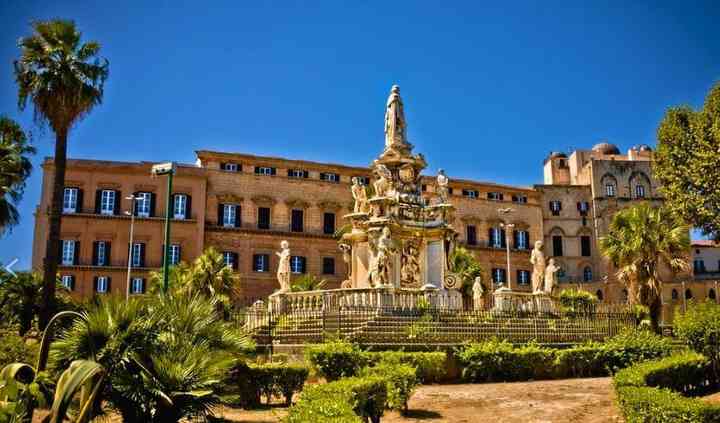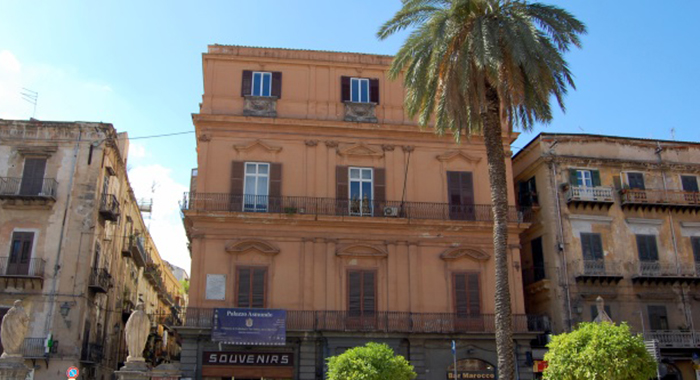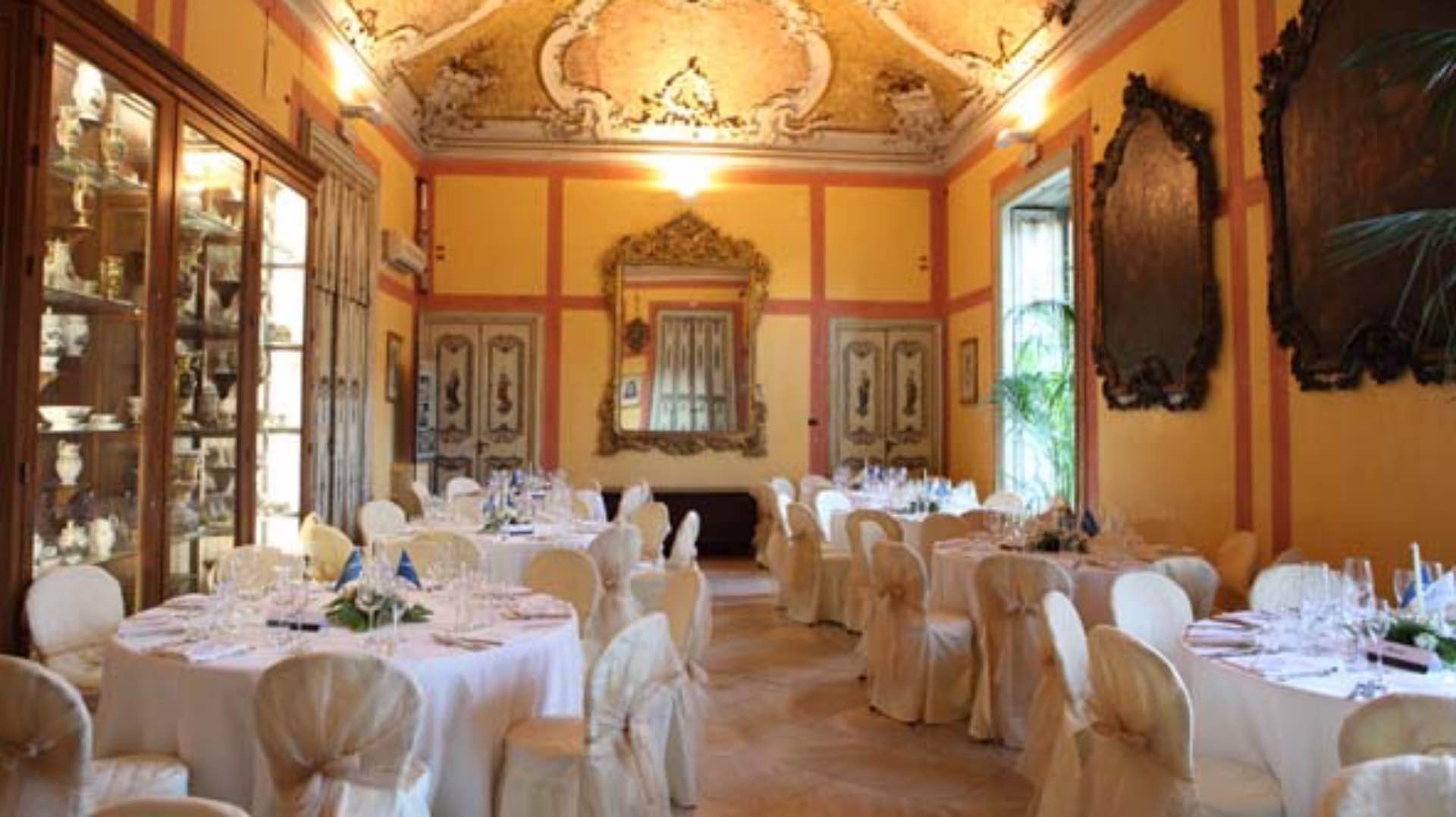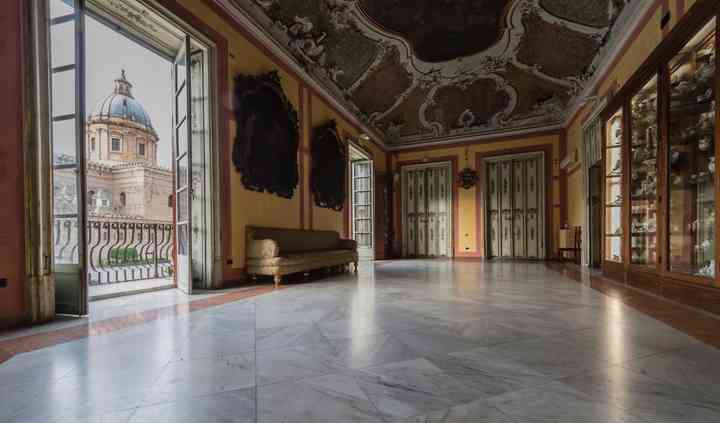


The construction of this building dates back to 1615. Started by a certain Doctor Baliano, on the ancient "Strada del Cassaro" (today's Corso Vittorio Emanuele, the most important axis of the city from which the narrow lined streets branched off in Phoenician and Roman times orthogonally) after the enlargement and rectification, which took place in 1567 by the will of the viceroy Garçia de Toledo. Only in 1767 the building was completed: "Compita videsi the noble house of the cassaro of Giuseppe Asmundo" so says the Marquis of Villabianca in "The Palermo of today".

Giuseppe Asmundo Paternò, Marquis of Sessa, belonged to the Joppolo family of the princes of S. Elia. The palace (the plaque placed there reminds us of it) welcomed Maria Cristina, daughter of Ferdinand III of Sicily, a refugee from Naples together with her husband Carlo, Duke of Genoa and Sardinia.

Another plaque, placed on the main facade testifies that in this building, respectively in 1821 and 1822, Anna Turrisi Colonna and her sister Giuseppina were born, the first painter and art critic, the second poetess.

The French Gastone Vuiller who stayed there for a short time mentioned this building in his book "La Sicilia", impressions of the present and the past published in Milan by Treves in 1897, with these words: "on the pale green walls, some scrolls reads intertwine capriciously and unfold on the ceiling, in a dome adorned with aerial paintings. The doors have dull gold and shiny gold ornaments. The decorative beauty of this room which has an alcove with hermetically closed curtains, it surprises me. This is evidently an ancient palace. Its beauty, a little withered in the bright light, retains all its splendor in the semi-darkness. I open the window and step onto the balcony, which turns the whole floor and I am dazzled ... " .

There are many artistic testimonies that make this Palace one of the most beautiful in Baroque Palermo. Suffice it to recall the frescoes with allegories by Gioacchino Martorana, a Sicilian painter of the 18th century; fixed and mobile furnishings, which form real art collections such as paintings, marital chests of the 16th and 17th centuries, Sicilian ceramics, Neapolitan and French porcelain, embroidery and lace. These testimonies today have an interesting display that re-proposes that "Palermo Felicissima" exalted by the "travelers", who have stayed there over the years in this building.
Asmundo Palace
Address: Via Pietro Novelli, 3, 90134
Phone: 0916 519022
Site:
http://www.palazzoasmundo.comLocation inserted by
MoMò Calascibetta